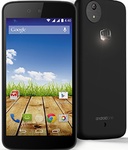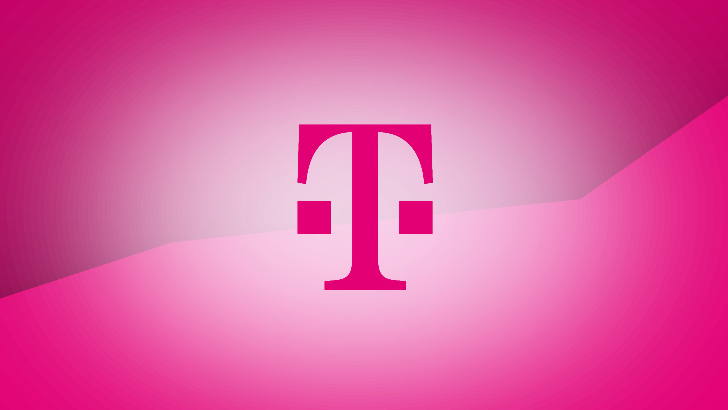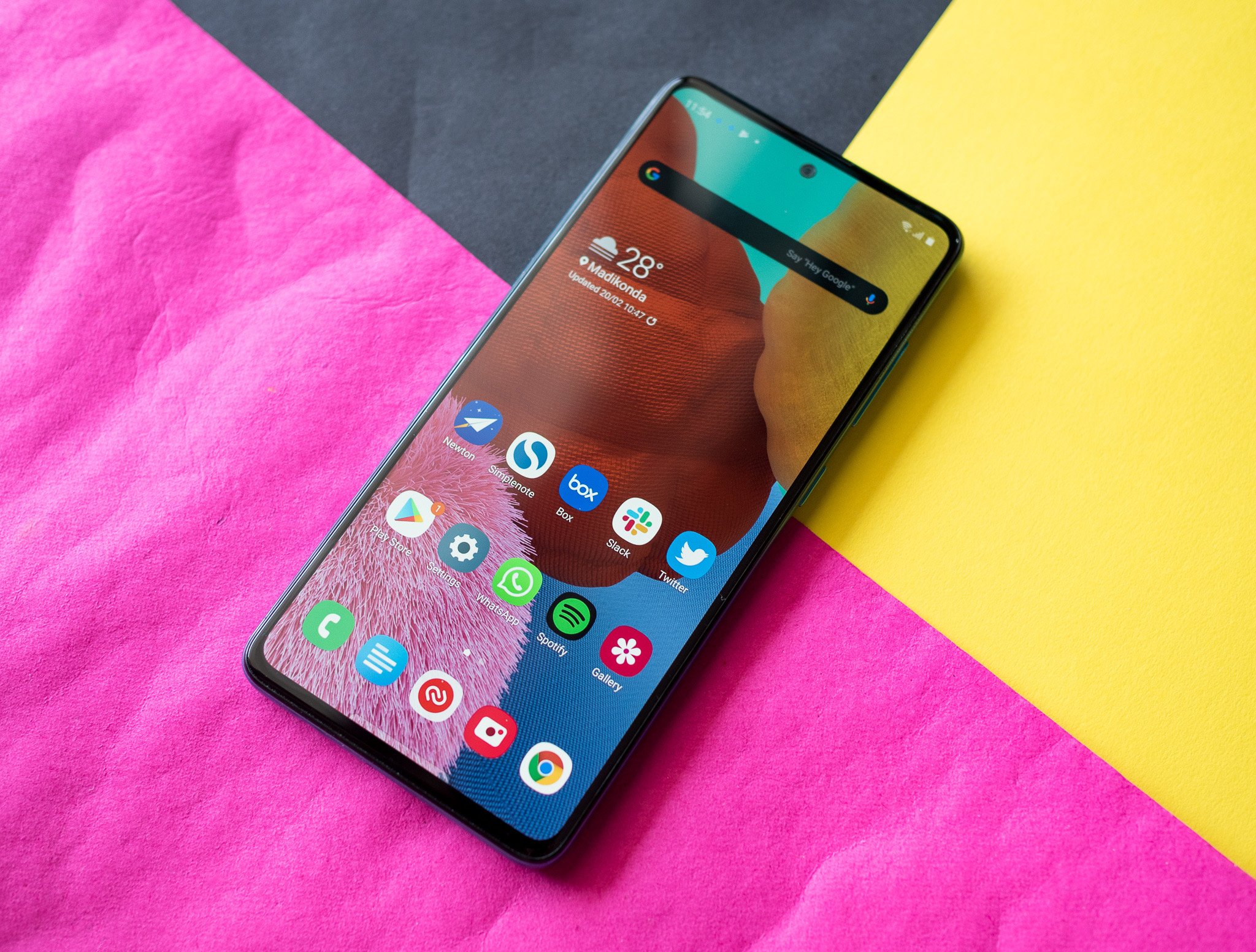History Of Google Pixel Smartphones - Android
Google has replaced its Nexus smartphone lineup with the Pixel series. This change happened back in 2016, when the first two Google Pixel smartphones arrived. With this change, Google more or less indicated that it’s done making affordable flagship-grade phones aimed at developers and enthusiasts, and that it wants to bring its smartphone creations closer [...]
Read More...
The post History Of Google Pixel Smartphones appeared first on Android Headlines.
Google has replaced its Nexus smartphone lineup with the Pixel series. This change happened back in 2016, when the first two Google Pixel smartphones arrived. With this change, Google more or less indicated that it’s done making affordable flagship-grade phones aimed at developers and enthusiasts, and that it wants to bring its smartphone creations closer to regular consumers.
This managed to disappoint quite a few people who loved the company’s Nexus line, but they had to make their peace with it, and move on. Since the first two Pixels, Google announced a number of new ones (including some mid-range ones), and we’re here to take a closer look at all of them, basically, as we’re here to take a walk down the memory lane, if you will. Do keep note that new Pixel phones will be added to the list as they arrive, that includes both flagship and non-flagship devices, in this case.
Google Pixel & Pixel XL
![]()
Google had announced two smartphones as part of the Google Pixel lineup back in October 2016, the Google Pixel and Pixel XL. These are the first two Pixel smartphones the company ever announced. They offer a considerably different design than any Nexus device the company introduced up to that point. The two phones look identical, but they are different in terms of size.
The Google Pixel and Pixel XL are made out of metal and glass. Most of the back on these two phones is covered by metal, but the upper portion has a glass plate applied to it. Bezels on the two phones are quite thick, even for the time period they were released in, and their design is nothing spectacular, but it did stand out back then. Both phones originally shipped with Android 7.1 Nougat.
These two devices are both fueled by the Snapdragon 821 64-bit quad-core processor, while both of them include 4GB of RAM, and come in 32GB and 128GB storage flavors. Neither of them offers storage expansion, and a 12.3-megapixel camera is included on the back of both devices, and was considered to be amongst the best in the class back then. Both devices are splash and dust resistant, and they include an 8-megapixel front-facing camera.
The Google Pixel features a 5-inch fullHD display, while the Pixel XL has a 5.5-inch QHD panel. Both of those displays offer a 16:9 display aspect ratio, and both utilize AMOLED panels. The Google Pixel includes a 2,770mAh battery, while the Pixel XL packs in a 3,450mAh unit, and both support 18W fast wired charging.
Google Pixel 2 & 2 XL
![]()
The Google Pixel 2 and Pixel 2 XL were introduced back in October 2017. These are the company’s second-gen Pixel flagships, and unlike the Pixel and Pixel XL, these two do not look identical. The Pixel 2 comes with considerably thicker bezels than the Pixel 2 XL. That is the main difference between the two phones, in addition to the fact they’re different in size as well.
The design of the back on these two devices is similar to the Pixel and Pixel XL, in all honesty. They both have that glass plate on the back, though it is much smaller this time around. Most of their back side is made out of metal. Both of these phones include stereo speakers, and both have OLED displays, but different OLED panels. The Pixel 2 ships with a regular AMOLED display, while the Pixel 2 XL includes a P-OLED panel.
The Google Pixel 2 features a 5-inch fullHD display, while the Pixel 2 XL comes with a QHD+ display. Both devices are fueled by the Snapdragon 835 64-bit octa-core processor, while both include 4GB of RAM and 64GB / 128GB of non-expandable storage. Android 8.0 Oreo shipped out of the box on these two phones, while both of them include a single 12.2-megapixel camera on the back. The Pixel 2 features a 2,700mAh battery, while the Pixel 2 XL packs in a 3,520mAh unit.
Google Pixel 3 & 3 XL
![]()
The Google Pixel 3 and Pixel 3 XL were announced in October 2018, and are Google’s third-gen Pixel flagships. These two phones, much like the Pixel 2 and Pixel 2 XL, do not look identical. They do have identical back sides, reminiscent of the Pixel 2 series back, but the front sides are different. The Pixel 3 does not include a display notch or a hole, but it has noticeable bezels above and below the display. The Pixel 3 XL has a similar bezel below the display, but not at the top. Instead, Google opted to include a rather tall / large notch at the top of the display.
Both of these phones include front-facing stereo speakers, though the Pixel 3’s output is more powerful, due to the more powerful speaker above the display. The Pixel 3 is smaller than the Pixel 3 XL, quite a bit, actually. The Pixel 3 includes a 5.5-inch fullHD+ P-OLED panel, while the Pixel 3 XL rocks a 6.3-inch QHD+ P-OLED display. Both phones are fueled by the Snapdragon 845 64-bit octa-core processor by Qualcomm.
Both the Pixel 3 and Pixel 3 XL include 4GB of RAM and 64GB / 128GB of storage, though it is worth noting that storage is not expandable here either. Android 9 Pie comes out of the box on these two phones, while a 12.2-megapixel camera sits on the back of each of these devices. Two 8-megapixel units are included on the front side of both phones, while both devices are IP68 certified for water and dust resistance.
Google Pixel 3a & 3a XL
![]()
In May 2019, Google introduced its very first mid-range Pixel smartphones. As part of this series, the company announced the Pixel 3a and Pixel 3a XL handsets. These two phones look the same, and basically pack the same specs, save for the display and battery sizes. Both devices resemble the Pixel 3 quite a bit, but unlike the Pixel 3, they are made out of polycarbonate.
A regular, capacitive fingerprint scanner sits on the back of these two phones. You will also notice a single camera back there. That is a 12.2-megapixel camera, the same on that the company included in the Pixel 3 and Pixel 3 XL. With this camera, the company basically brought its flagship feature to mid-range devices. That camera is the main selling point of these two phones, along with their price tags.
The Pixel 3a and Pixel 3a XL ship with Android 9 Pie, and both devices are fueled by the Snapdragon 670 64-bit octa-core SoC. Both devices also include 4GB of RAM and 64GB of storage, while an 8-megapixel front-facing camera sits on both phones. The Pixel 3a features a 5.6-inch fullHD+ OLED panel. The Pixel 3a XL comes with a 6-inch fullHD+ OLED display.
Google Pixel 4 & 4 XL
![]()
Google announced two Pixel 4 flagships in October 2019, the Pixel 4 and Pixel 4 XL. Those two devices are different in size, but sport the very same design. Both are made out of metal and glass, and were initially launched in three color variants. Google introduced both devices in Just Black, Clearly White, and (limited edition) Oh So Orange variants. Out of all three variants, only the Just Black model has a glossy backplate.
The Google Pixel 4 and Pixel 4 XL are less slippery than most other flagships in the market. At least they were at the time they launched. Both phones have a rather large "forehead", which host various sensors. Sensors for advanced facial scanning are included. The same goes for a radar chip that enables "Motion Sense". A front-facing camera is also included, and your regular smartphone sensors. Google did not include a fingerprint scanner on either of these two smartphones.
The Pixel 4 series devices are the first phones in the series to offer two rear-facing cameras. In addition to the main 12.2-megapixel camera, a 16-megapixel telephoto unit is also included. The Snapdragon 855 fuels both the Pixel 4 and Pixel 4 XL, and both phones include 6GB of RAM. Android 10 comes pre-installed on both of these devices, while both offer front-facing stereo speakers.
Google Pixel 4a & 4a 5G
The Google Pixel 4a and 4a 5G were both announced in 2020, but not at the same time. The Pixel 4a arrived in August, while the Pixel 4a 5G dropped a month later than that. These two phones look almost the same. The only difference is in the rear camera housing, as the Pixel 4a 5G has an extra camera on the back. Both phones are made out of polycarbonate, while the Pixel 4a 5G is the largest of the two.
They do look almost identical, but their internals are somewhat different. The Pixel 4a 5G has an ultra-wide camera on the back, unlike the Pixel 4a. It also includes a more powerful processor on the inside, along with 5G connectivity. The phone has a larger display, though the refresh rate is the same, and so is the resolution. Due to its larger size, the Pixel 4a 5G does pack in a larger battery than its sibling. The rest of their specs are pretty much the same.
The Pixel 4a 5G is essentially a cross between the Pixel 4a and the Pixel 5. It actually launched back-to-back with the Pixel 5, though the Pixel 5 is a more prominent smartphone… but also a more expensive one. Both the Pixel 4a and Pixel 4a 5G came with Android 11 out of the box, and both offer stereo speakers, and a rear-facing fingerprint scanner.
Google Pixel 5
The Google Pixel 5 was announced in September 2020, as Google's best 2020 smartphone. It shares some of its internals with the Pixel 4a 5G, but it does have some advantages. This phone is made out of metal, though it comes with a resin cover on top of it. Its bezels are uniform, which means there's not pronounced 'chin' on this phone. The device has a display camera hole in the top-left corner, like its siblings.
The device is fueled by the Snapdragon 765G SoC, the same chip that fuels the Pixel 4a 5G. It comes with a 6-inch fullHD+ display with a 90Hz refresh rate. The camera setup is the same as on the Pixel 4a 5G, while the device also shipped with Android 11 out of the box. The phone is IP68 certified for water and dust resistance, while its secondary speaker is placed under the display. A rear-facing fingerprint scanner is included on this phone.
The post History Of Google Pixel Smartphones appeared first on Android Headlines.
13/03/2021 12:23 AM
‘Halo Infinite’ will allow you to push enemies off the game’s ring
13/03/2021 12:02 AM
Get a pair of Beats Solo3 headphones for over 45 percent off
13/03/2021 04:55 PM
How to watch England vs France - Live stream 2021 Six Nations rugby online
13/03/2021 02:05 PM
The Morning After - Apple will discontinue the original HomePod
13/03/2021 03:31 PM
How to stop T-Mobile and Metro from selling your info to advertisers
13/03/2021 04:00 PM
Google welcomes third-party developers' Tiles to Wear OS
13/03/2021 05:51 AM
The Samsung Galaxy A52 is all but confirmed thanks to Google's diligence
13/03/2021 02:01 AM
Asus ROG Phone 5 review - Killer specs at a price that kills
13/03/2021 04:11 PM
- Comics
- HEALTH
- Libraries & Demo
- Sports Games
- Racing
- Cards & Casino
- Media & Video
- Photography
- Transportation
- Arcade & Action
- Brain & Puzzle
- Social
- Communication
- Casual
- Personalization
- Tools
- Medical
- Weather
- Shopping
- Health & Fitness
- Productivity
- Books & Reference
- Finance
- Entertainment
- Business
- Sports
- Music & Audio
- News & Magazines
- Education
- Lifestyle
- Travel & Local







